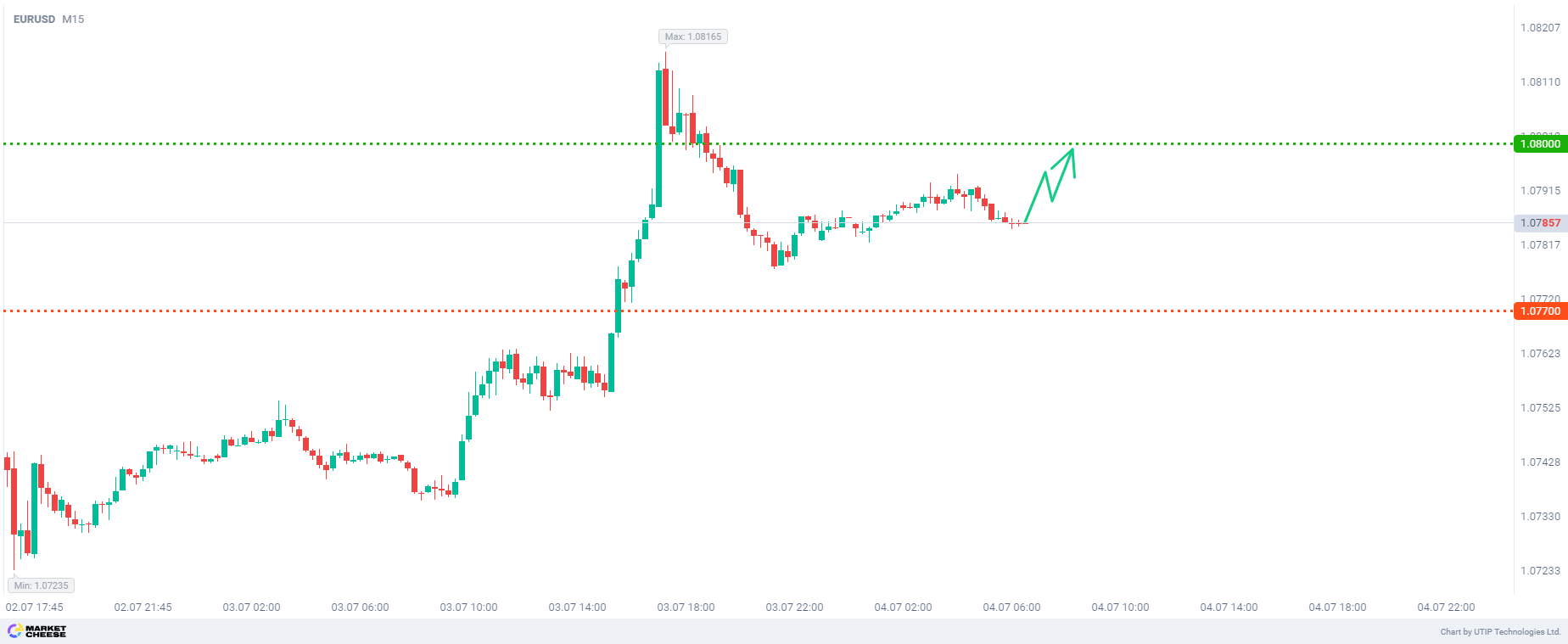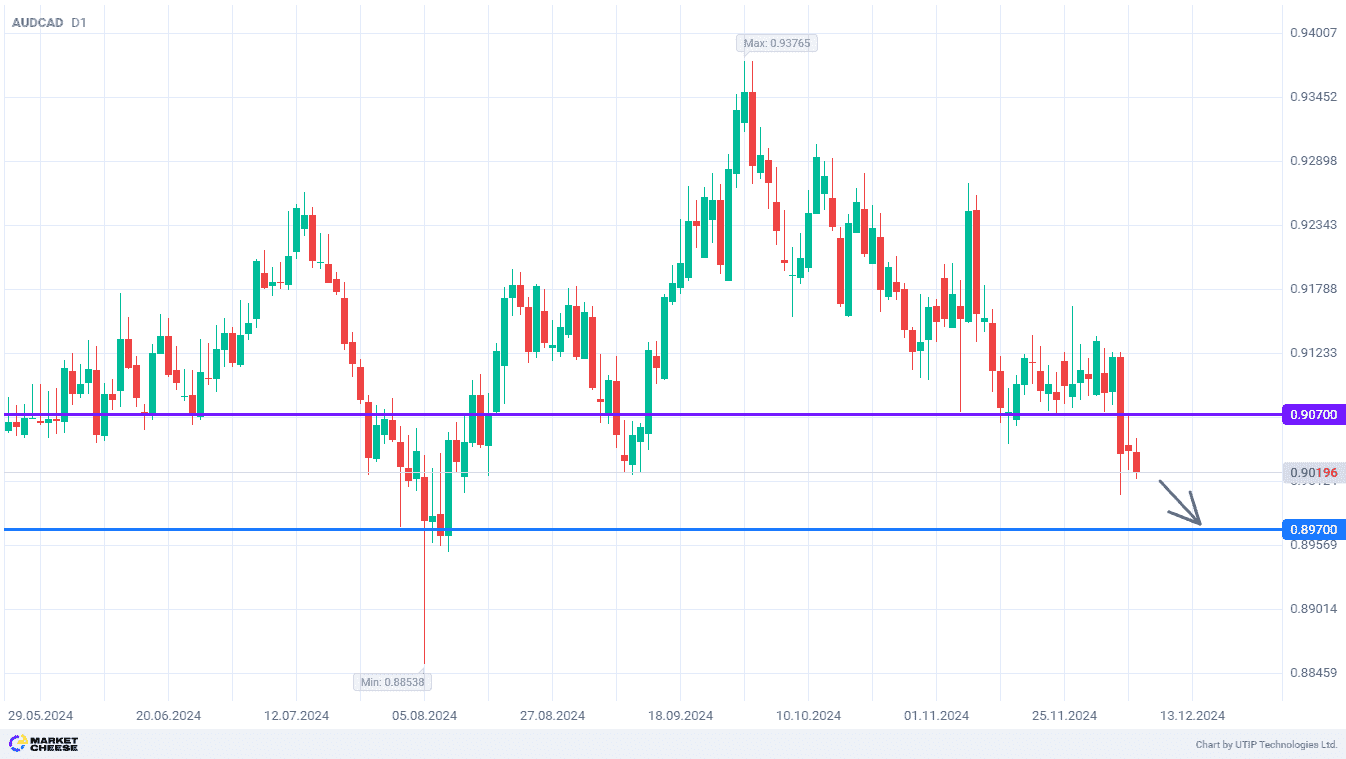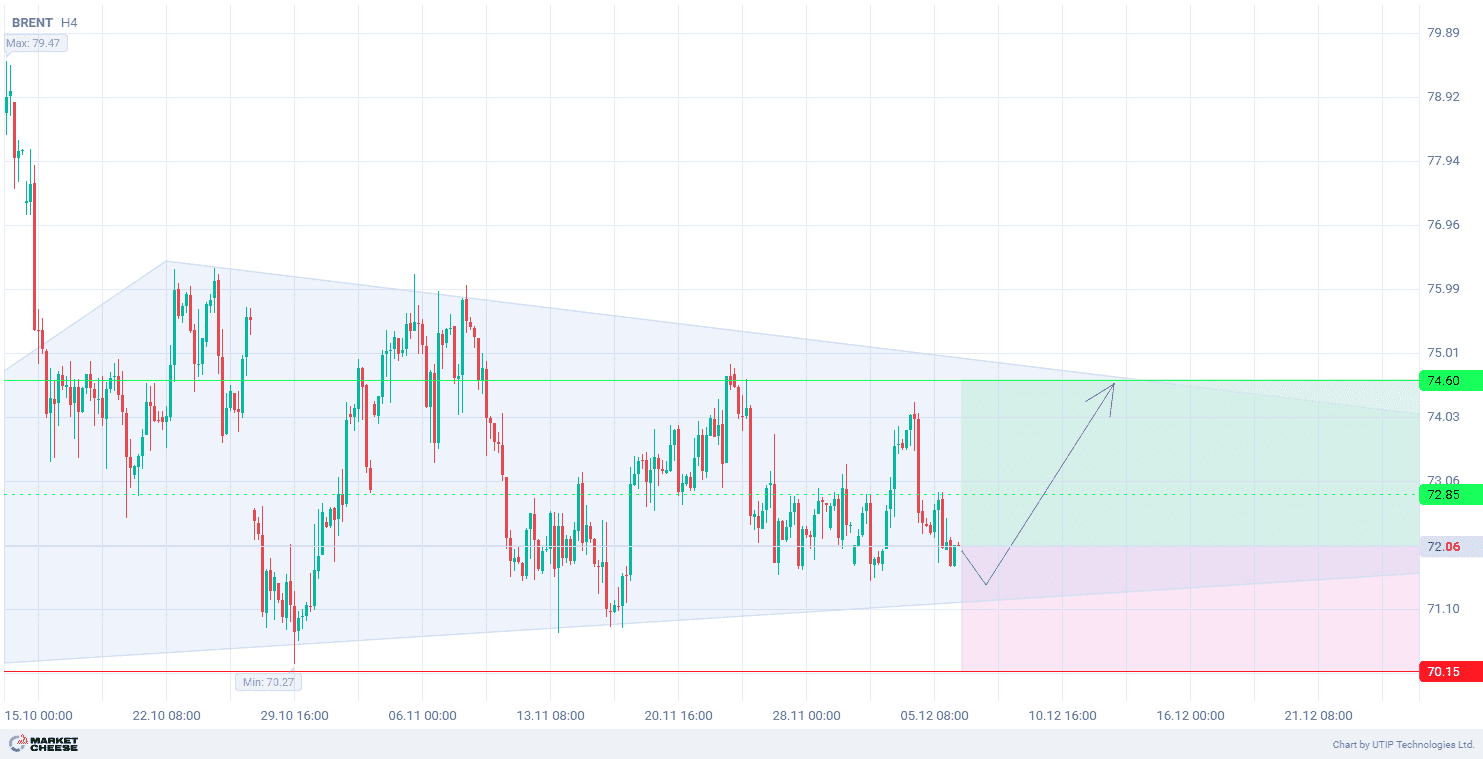Powell’s statement yesterday that the US is back on a “disinflationary path” was enough to push EURUSD higher, although Powell warned that more data is needed before any rate cuts are considered.
“We just want to understand that the levels that we’re seeing are a true reading on what is actually happening with underlying inflation,” Powell said at a conference in Portugal.
The Fed remains data-dependent, which makes the next few inflation indicators crucial in determining which direction US rates will be heading to by the end of the year.
Minutes from the Fed’s June meeting were recently published and may give investors an idea of the central bank’s intentions for US interest rates.
Meanwhile, the ECB is in no rush to reduce borrowing costs after cutting rates last month, and Tuesday’s data showed that the most important indicator of inflation in the services sector remains stubbornly high.
The ECB’s Christine Lagarde and Philip Lane are expected to give a speech in Portugal, and their comments may possibly influence markets’ rate expectations. Traders are currently pricing a cumulative cut of 43 basis points this year from the ECB.
At the same time, the number of jobs in the US private sector rose slightly less than expected in June, reflecting a slowdown in labor market dynamics.
According to the ADP Employment Report released on Wednesday, the number of private sector jobs increased by 150,000 last month after an upwardly revised 157,000 in May. Economists polled by Reuters had forecast that employment in the private sector would rise by 160,000, following an earlier reported increase of 152,000.
The ADP report was released ahead of Friday’s fuller and more closely watched June employment report from the Labor Department’s Bureau of Labor Statistics. Initial data have so far underestimated private payroll growth this year.
Economists polled by Reuters anticipate the BLS data to show that 160,000 private-sector jobs were created last month, lower than the 229,000 added in May.
Total number of jobs is estimated to be up 190,000 from 272,000 in May. The unemployment rate is predicted to stay the same at 4.0%.
All these data point to the strengthening of EURUSD, at least until Friday’s labor market report, which may contain a few surprises.
The overall recommendation is to buy EURUSD.
Profits should be taken at the level of 86.0. A Stop-Loss could be set at the level of 87.5.
The possible loss should not exceed 2% of your deposit funds.










